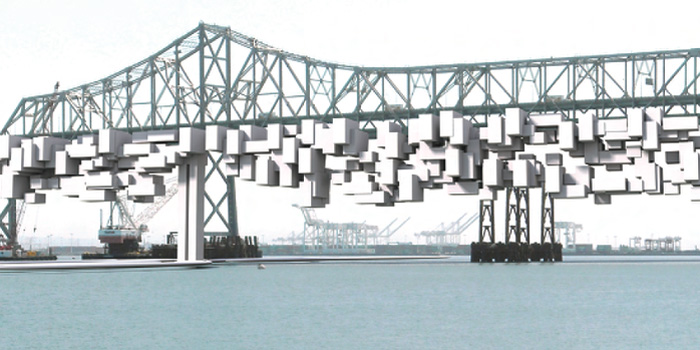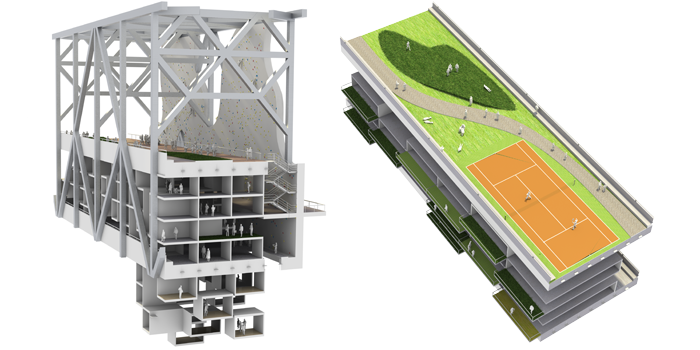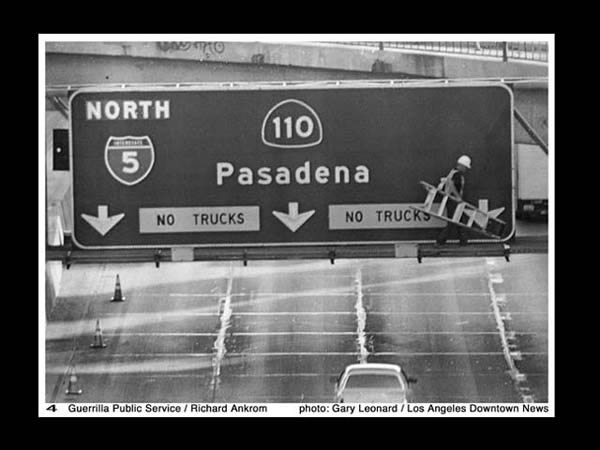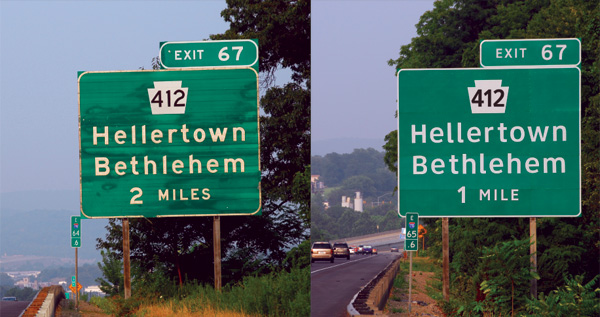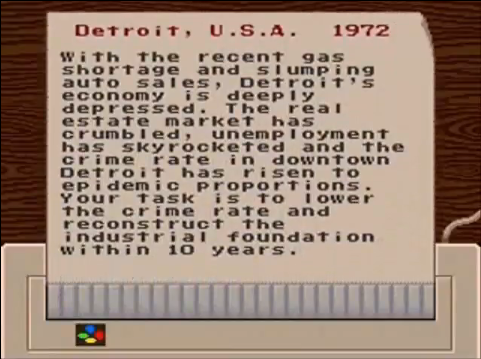
In the original Sim City there were these scenarios that you could play. You were given a city and problem to solve. San Francisco 1906? Earthquake. (Remember, in the even of a major disaster, you may need to be self sufficient for up to 72 hours. Are you prepared? I’m not.) Tokyo 1961? Monster. You get the picture. They were all fairly straight forward, except one. Detroit 1972. Problem? Well… Detroit.
It’s become a contemporary American past time to bash Detroit. I’m not looking to do that. All I will say that I’ve been to Detroit, and it’s the only place I’ve been where the nightlife was in suburbs instead of the city, and peeking over the sound barriers on the freeway never revealed a nice part of town. It’s clearly a city that has seen better days, and has earned its distinction of being a “donut city.”
Its historic buildings are either falling apart, or are being looted for new development elsewhere.
Detroit’s population has steadily shrank since the 1970s, but it still rated as the 11th most populous city, just between San Jose and San Francisco. Unsurprisingly, the city hasn’t depopulated in a controlled manner, so there population is spread thin across the 139 square mile city. This means that Detroit has to maintain an infrastructure for the population 2 million, when less than a million actually use. 40% of the city is fallow. (Of course, this isn’t Detroit’s only problem.)
For years now, one proposed solution to this problem has been to shrink the city. Unoccupied buildings would be condemned, occupied ones bought, and the population relocated closer to downtown. A more controlled Devil’s Night, if you will. Surprisingly, the talk turned serious last year, with the mayor proposing to shrink the city by a fourth.
Today, they started.
Will it work? In 1961, Jane Jacobs described the city as being “largely composed, today, of seemingly endless square miles of low-density failure.” If that’s true, then there’s no core to build around.
Good luck Detroit.

